They came, they saw and they have been conquering and winning our hearts ever since! Yes, I am talking about the absolutely adorable Parsis in India. It just couldn’t be a mere coincidence that both the words, ‘Peace’ and ‘Parsi’ begin with the alphabet ‘P’ and contain five letters each. Peace and Parsi are synonyms in many ways. Visit any of the Parsi Colonies in Mumbai and you’ll know. These secluded, peaceful, green havens, adorned with an air of sophisticated elegance and gentleness, makes us experience the much-needed peace of mind once we enter them. It’s not only a great relief from the bustling and noisy metropolis around but the peace and sophistication that fills in the atmosphere of these colonies, also known as Parsi Baugs is in fact the manifestation of the Parsi nature and way of life on a whole.
From the doyens of the Indian Industry to some of the greatest philanthropists ever, the contribution of Parsis to the progress and development of India is just immense. From big business houses to those old world charm Irani Cafes, they rule our hearts across a wide spectrum. However, no big processions, no loud and larger than life festivities, and an extremely modest and humble way of living make Parsi culture and traditions quite intriguing and fascinating for us. On the occasion of Parsi New Year, also known as ‘Navroze’, let’s learn more about the very interesting yet lesser known Parsi history, culture, customs, and traditions.
Like sugar in milk
Parsis (literally meaning ‘Persians’), are the descendants of Persian Zoroastrians. Zoroastrians are the followers of Zoroastrianism, a religion founded by Prophet Zoroaster or Zarathustra in ancient Iran about 3,500 years ago. They rebelled against Arab invaders for 200 years in their homeland. To preserve their religion and culture, they escaped Iran and emigrated to India more than a thousand years ago.
The account of arrival and settlement of Paris in India is depicted in ‘Qissa-i-Sanjan’ (The story of Sanjan). After the fall of the Sassanid Empire, the persecution of Parsis at the hands of invaders started at a rapid rate. To avoid persecution, Parsis took waterway to India and landed on the coast of what is today Gujarat. There, they approached the local king, Jadi Rana, and requested asylum.
A legend relates the course of this initial meeting between Jadi Rana and the newly landed emigrants: King Jadi Rana sent a vessel of milk filled to the very brim to the Parsi group seeking asylum, thus signifying that his kingdom was already full and could not accept refugees. In response, one of the Zoroastrian priests added a pinch of sugar to the milk, thus indicating that they would not bring the vessel to overflowing and indeed make the lives of the citizens sweeter. Jadi Rana gave shelter to the emigrants and permitted them to practice their religion and traditions freely. Having produced great people in nearly every field, from science and technology to arts, business, sports, and more, since then, Parsis continue to add ‘sugar’ to our lives.
A religion in harmony with nature
Zoroastrians are the smallest community in India constituting only 0.006% of the total population, mainly concentrated in Gujarat and Mumbai. Zoroastrianism stands on three main pillars, ‘Good Thoughts, Good Words, and Good Deeds’. Zoroastrianism also believes that the natural elements of fire, water, and air are pure elements. Parsis worship fire and consider it to be the purest element. Fire thus holds a great significance in the religion. Fire is associated with light, warmth, energy, and creator of life, hence each and every ritual and ceremony involves the presence of sacred fire.
Zoroastrianism believes in the existence of one invisible God. The Zoroastrian place of worship is known as the ‘Agiary’ or Fire Temple. An Atash Behram (Fire of Victory) is the highest grade of a fire that can be placed in a Zoroastrian Fire Temple as an eternal flame. There are eight Atash Behrams in India. While fleeing from Iran, Parsis brought the original fire with them and consecrated it in India. The sacred Udvada Atash Behram in Gujarat was kindled in 721 AD and has been housed in a magnificent Agiary in Udvada since 1742 and burns continually to this day. The village of Udwada in Gujarat is hence considered as a centre of pilgrimage by Parsis and is visited by thousands every year.
Although commonly seen speaking either Gujarati or English, their native language is Avestan. ‘Avesta’ is the primary collection of the religious texts of Zoroastrianism.
Khavanu! Pivanu! Majjani Life!
The ancient Persians were renowned for their lavish spread of lip-smacking food, a trait than still manifests itself in today’s Parsi gastronomy. Once settled in India, Parsis enthusiastically adopted and adapted whichever recipe that took their fancy, thus developing a gastronomic tradition unlike any other, which boasts of a unique blend of Irani taste with Gujarati, Maharashtrian, and British flavours. Parsis are great foodies and have a flair for extravagant feasts. The best occasion to indulge in the Parsi gastronomy in all its glory is a Parsi wedding. The memories of ‘Lagan Nu Bhonu’ or the Parsi wedding food just stay with you until you satiate the craving by only feasting your taste-buds on yet another lavish Parsi meal. Parsi cuisine is known to be ‘Khattu Mithu’, striking the perfect balance between sweet and sour, with liberal usage of spices in their whole and ground form. Moreover, Parsis have a strong affinity for eggs or ‘eedu’ as they call it. Parsi food is also famous for its delicious curries.
With Bawa cuisine adding spice to the Indian palate, I think, the Irani Cafes of Mumbai indeed deserve to find a place on the UNESCO list of World Heritage Sites. They form such an important part of Mumbai’s culture and gastronomy. From the cane chairs to glass-top tables to vintage interiors to the simply irresistible aromas of the fresh confectionaries, Irani Cafes are indeed a feast for one’s senses and soul. Dotting many parts of South Mumbai with their iconic presence for more than a century now, Irani Cafes serve authentic Parsi Cuisine, right from Irani Chai, Brun Maska, Lagan Nu Custard, Mava Cakes, Ginger Biscuits, Omelettes, Akuri, Chicken Dhansak, Puffs, Berry Pulao, Custards, Puddings and so much more… Mmmm! Isn’t your mouth already watering?!
Birth, death and everything in between
The concepts of purity and pollution (Nasu), initiation (Navjote), daily prayers, worship at Fire Temples, marriage, funerals, and general worship form the main components of Zoroastrianism as practiced by the Parsi community.
Purity and Pollution
The balance between good and evil is correlated with the idea of purity and pollution. While Purity forms the very essence of Godliness, Pollution’s very point is to destroy purity through the death of a human. In order to adhere to purity, it is the duty of Parsis to continue to preserve purity within their body as God created them. A Zoroastrian priest spends his entire life dedicated to following a holy life.
Navjote
Zoroastrians are not initiated by infant baptism. A child in initiated into the faith after 7 years of age and ideally before hitting puberty. This ceremony is known as ‘Navjote’. The initiation begins with a ritual bath followed by a spiritual cleansing prayer. The child then requires to recite some prayers along with the priest, following which the child is given the sacred items associated with Zoroastrianism: Sudreh (sacred shirt) and Kushti (sacred thread), which they then continue to wear for the rest of their life.
Marriage
Parsi wedding rituals begin much like the initiation ceremony of ‘Navjote’, with a cleansing bath. The bride and the groom travel to the wedding in florally decorated cars. The couple begins by facing one another with a sheet to block their view of one another. Wool is passed over the two seven times too bind them together. The two are then supposed to throw rice to their partner symbolizing dominance. The religious element comes in next when the two sit side by side to face the priest. Hey, did you just note the similarities between the Zoroastrian and Hindu Maharashtrian wedding ceremonies?! Isn’t this amazing!
Funerals
The pollution that is associated with death has to be handled carefully. The priest comes to say prayers that are for the cleansing of sins and to affirm the faith of the deceased, which is followed by a few other religious ceremonies. Parsis do not bury or cremate the body of the dead ones because they believe that air, water, fire are pure elements and need to be preserved and therefore the body is left on ‘Dakhma’ or the Tower of Silence, which is a circular, raised structure built for dead bodies to be exposed to carrion birds, usually vultures so that they can feed on it. In Parsi Zoroastrian tradition, exposure of the dead to carrion birds is also considered to be an individual’s final act of charity, providing the birds with what would otherwise be destroyed. Once the bones are bleached by the sun they are pushed into the circular opening in the centre of the Tower of Silence. The mourning process is four days long, and rather than creating graves for the dead, charities are established in honour of the person.
Celebrating Life the Parsi Way
There are three kinds of calendars in Zoroastrianism. Indian Parsis follow the Shehanshahi calendar. Parsis indeed celebrate quite a few festivals throughout the year, but unlike the festivals of other religions, since, Parsi festivals are not celebrated with much pomp, many people aren’t aware of them. Most of their festivities are private affairs and are celebrated within their homes, temples, and community centres.
We all have been reading the names of various Parsi festivals on our annual work calendars, knowing little about their significance. Moreover, many of us also tend to get confused between Pateti, Navroze, Jamshed-e-Navroze, and more. All these are different festivities and have their own significance in the life of a Parsi. Let’s get to know more about the various Parsi festivals:
Gahambars
Gahambars are six seasonal festivals or Parsi thanksgiving feasts when the Zoroastrians assemble to eat and share food together which represents togetherness and builds a sense of community. According to the Zoroastrian calendar, there are six seasons and there is Gahambar for each of them. Gahambars are the festivals that are mentioned in the holy book of Zoroastrians, ‘Avesta’. The six Gahambars are as follows: Maidyozarem Gahanbar (Mid-spring), Gahanbar (Mid-summer) Maidyoshahem, Paitishahem Gahanbar (Harvest time), Ayathrem Gahanbar (Herding time), Maidyarem Gahanbar (Mid-winter) and Hamaspathmaidyem Gahanbar (Mid path of all)
Jamshed-e-Navroz
It is one of the most important Parsi festivals named after the Persian ruler Jamshed, since, it is believed that on this day, the King of Persia, Jamshed ascended the throne. Jamshed-e-Novroze, which is also known as the Persian New Year is the day of the vernal equinox – the moment the sun crosses the celestial equator and equalizes night and day and marks the transition from winter to summer and the beginning of spring in the Northern Hemisphere. This first day of the first month (which Parsis call Farvardin) of the Iranian calendar usually occurs around March 21. However, since Indian Zoroastrians follow the Shahenshahi calendar, the New Year is observed some 200 days after Jamshed-e-Navroze. Nevertheless, Jamshed-e-Navroze marks the New Year in Iran and also for diverse communities across Western Asia, Central Asia and the Caucasus to the Black Sea Basin and the Balkans.
Pateti
Pateti precedes the Parsi New Year and many get confused between the two days. The word Pateti is a Persian word that means repentance. On this day Parsis are supposed to reflect upon the thoughts, deeds, and words of the previous year and repent for the wrong ones committed knowingly or unknowingly in front of the Holy Fire, thus cleaning and purifying their minds for starting afresh from the next day, which is Navroze or the New Year. After this ritual, they wish each other ‘Pateti Mubarak’. This is supposed to be the last day of the year according to the Persian calendar. This year, Pateti falls on Saturday, 15th
Navroze
Literally meaning ‘Nav’ (New) ‘Roz’ (Day or Year), this year, Navroze, which marks the Parsi New Year falls on Sunday, 16th Throughout the day, Parsi families visit each other, exchange new year greetings, gifts and sweets. Men and women wear their traditional Parsi costumes and decorate their houses with flowers, Torans, and Rangolis. People visit the Fire Temple where offerings of milk, sandalwood, water, flowers, and fruits are made. In the Parsi culture, the number 7 holds a great significance. On Navroze, the table which is decorated is also called “haft sin”, consisting of 7 items, each symbolic of something and essentially starting with the letter “S”. These items consist of Sib (Apple): Symbolic for health and beauty, Sabzeh (Sprouts): Represents greenery, nature, and birth, Seer (Garlic): Which can be used as a medicine and also a symbol of disinfection, Senjed (Dried Fruit): Considered to be the representation of wisdom, Serkeh (Vinegar): Symbolizing age and patience, Samanu (Sweet Pudding): Representing power, bravery, and fertility, Sumac (Berries): Representing patience, tolerance, and life stimulation. Food is also a very important part of the festival. A traditional New Year dessert ‘Ravo’ is prepared in every Parsi household, which is made with suji, milk, and sugar. Also served along with it is fried vermicelli dipped in sugar syrup.
Khordad Sal
Khordad Sal is yet another important day for the Zoroastrians, as it marks the birthday of Prophet Zoroaster and is celebrated on the sixth day from Navroze. This holy day is celebrated with great enthusiasm among Parsis. Special prayer and Jashan are held through the day in which thanksgiving prayers are offered at the Fire Temples, people greet each other and exchange gifts as well. They also do charity and donation since great importance is given to good deeds and charity in Zoroastrianism.
I just couldn’t find a better way to conclude the blog than quoting Mahatma Gandhi, who once so rightly said,
“In numbers, Parsis are beneath contempt, but in contribution, beyond compare!”
Here’s wishing all our Parsi brothers and sisters a Very Happy, Healthy, and Prosperous New Year… Navroze Mubarak!!!










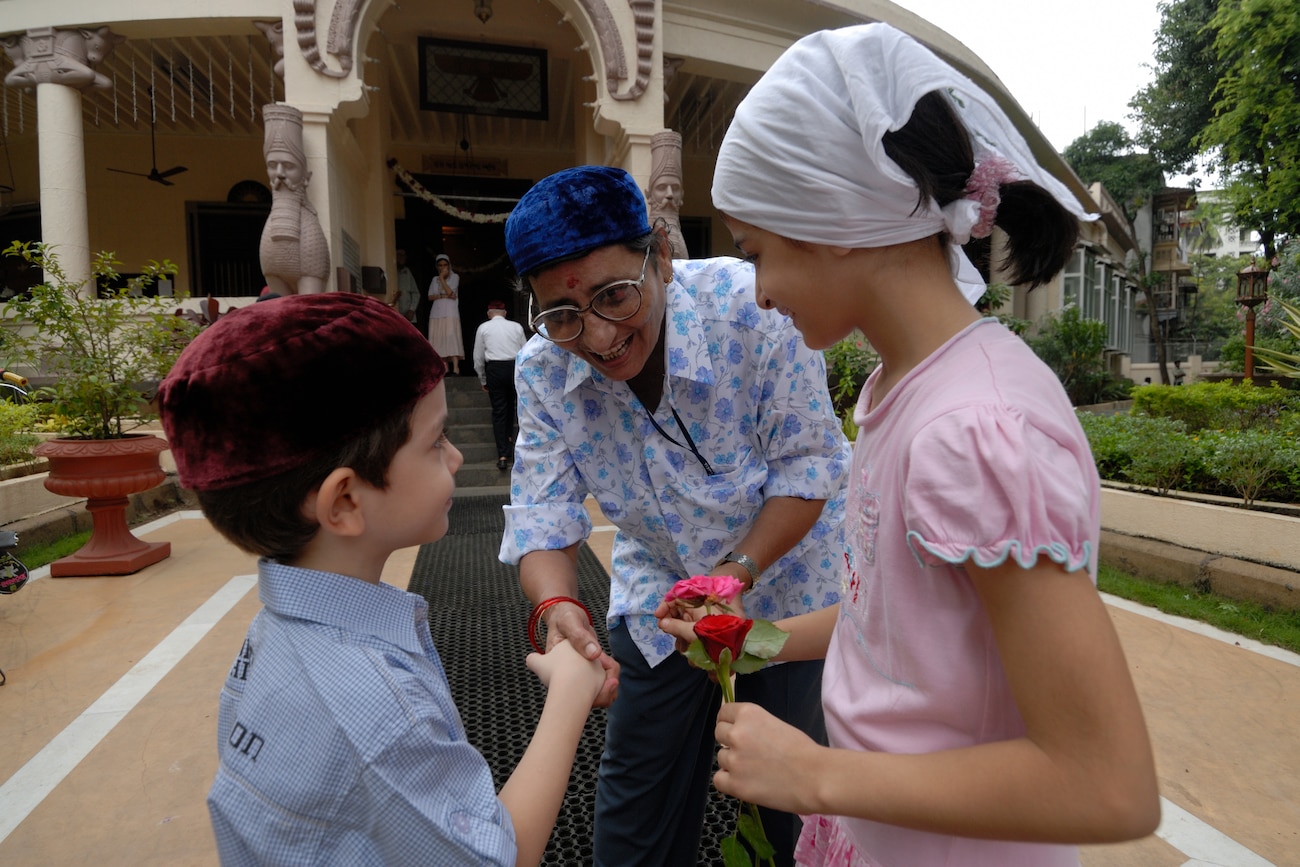




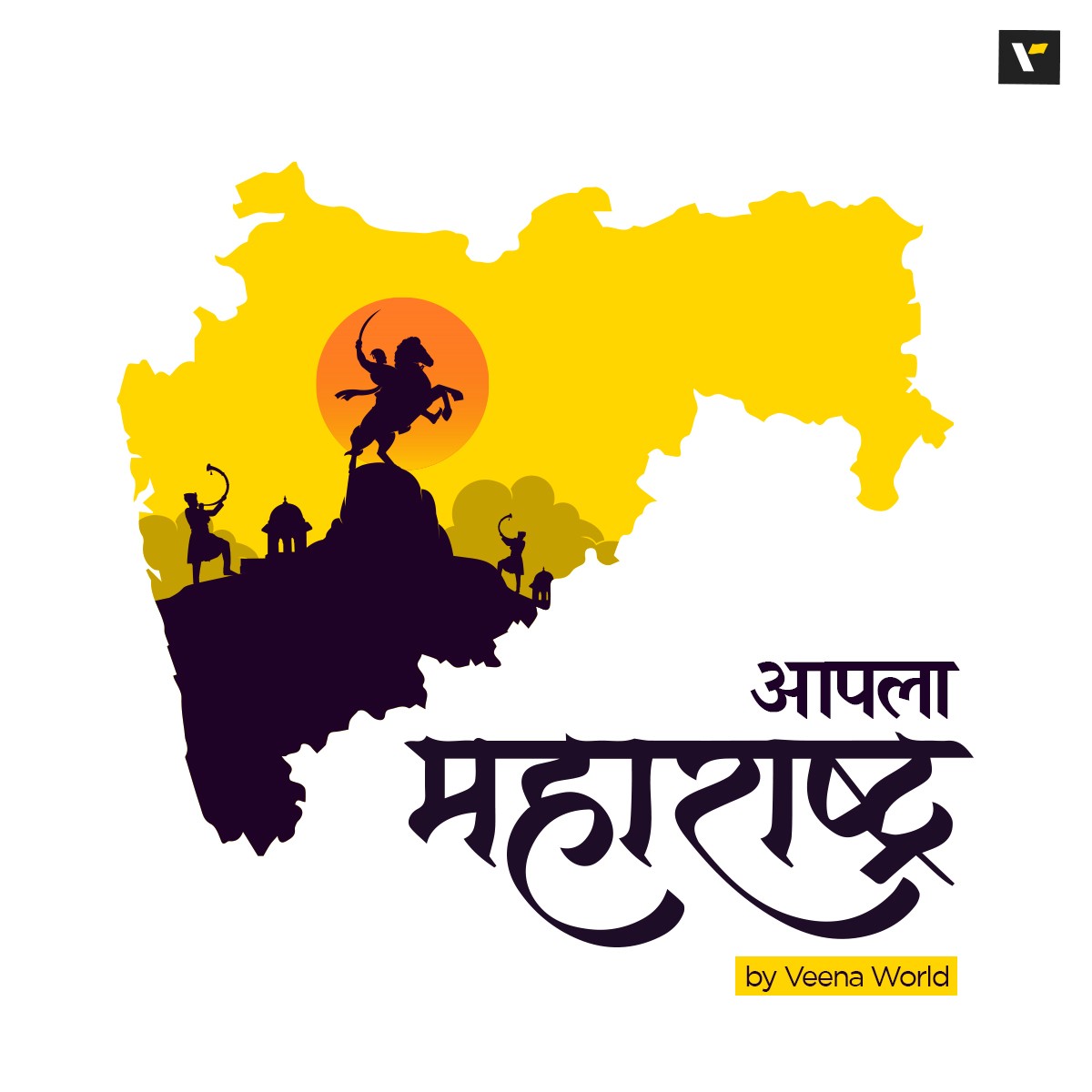










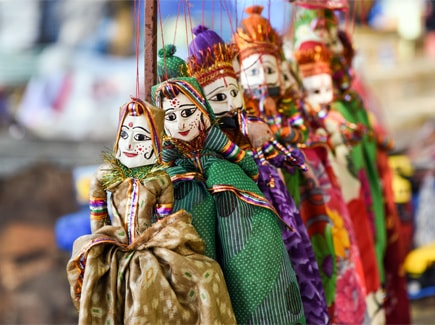

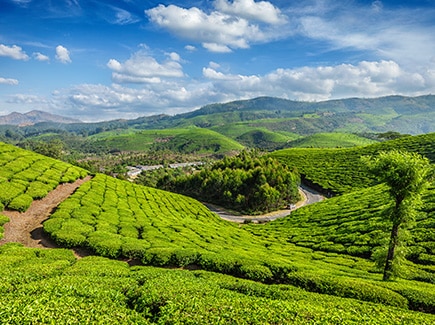

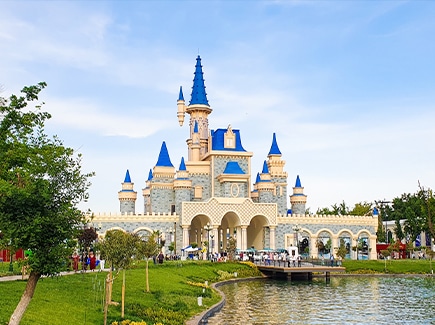
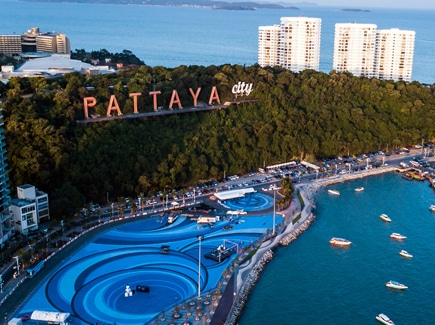

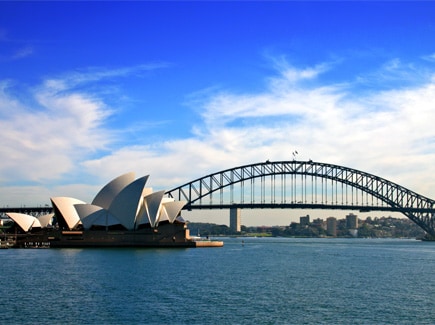






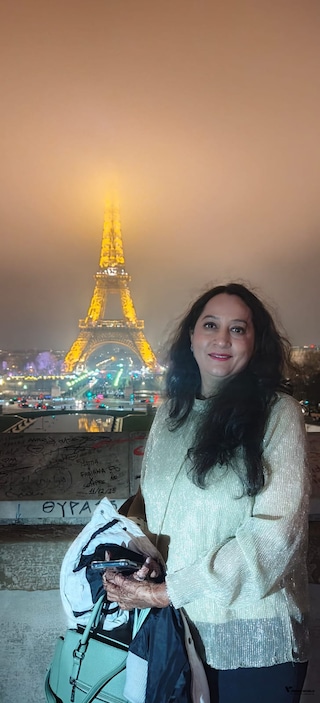
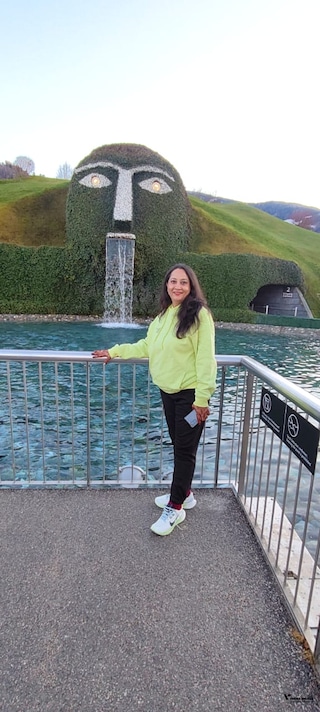


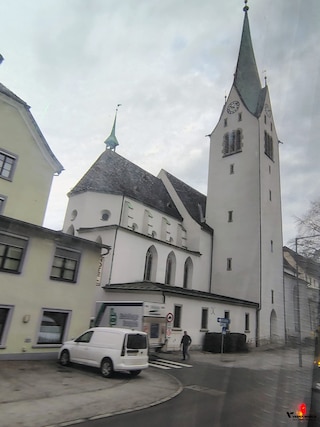




Post your Comment
Please let us know your thoughts on this story by leaving a comment.